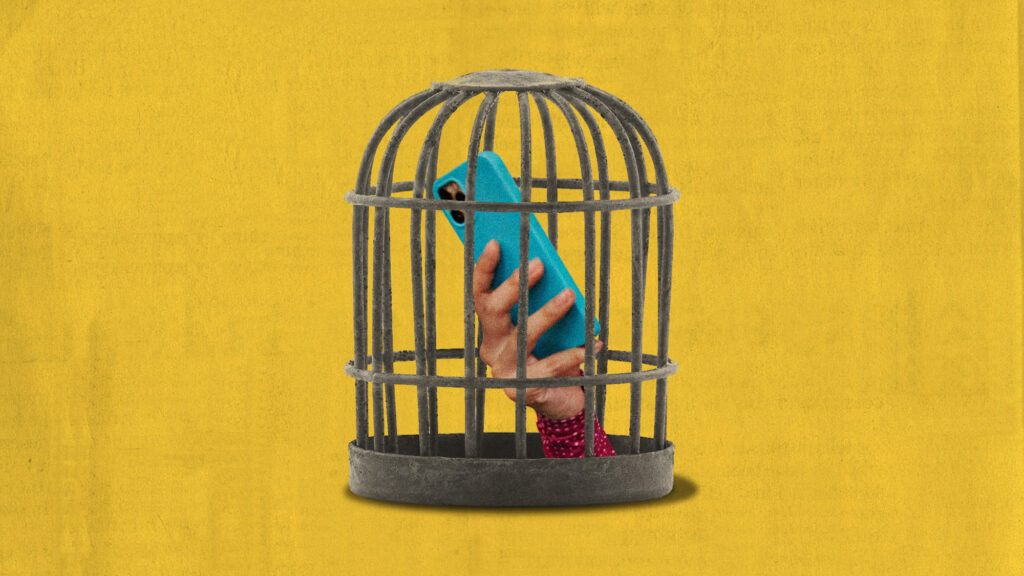
Students across the United States are increasingly turning to technology that predates the smartphone era, driven by recent cellphone bans implemented in schools. This shift reflects a growing nostalgia for older devices like flip phones, digital cameras, and iPods, as students seek alternatives to ubiquitous smartphones. The trend has gained momentum as educational institutions in more than a dozen states enforce strict “bell-to-bell” phone bans.
Revisiting the Past
The resurgence of older technology in classrooms and hallways highlights a cultural shift among younger generations, particularly Gen Z and Gen Alpha. According to The New York Times, this appreciation for retro gadgets has intensified in response to smartphone restrictions. Students are now seen carrying devices like Walkmans and Polaroid cameras, reminiscent of a time before smartphones dominated daily life.
This nostalgic inclination is not merely a whimsical trend; it expresses a desire for a simpler lifestyle. As The Independent notes, the rapid pace of technological advancement has prompted a longing for quieter times. The Covid-19 pandemic has further fueled this sentiment, with many students feeling overwhelmed by the constant connectivity that smartphones bring.
Joel Snyder, a government and economics teacher in Los Angeles, commented on the impact of smartphones in the classroom, stating, “Cellphones seem to function as almost an extra limb for my students, an ever-present extension of both their body and mind.” This reliance on technology has led to a collective yearning for a time when life was less intertwined with digital devices.
Positive Changes in School Environments
Schools that have enacted cellphone bans report notable improvements in student behavior. Jonathan Haidt, author of The Anxious Generation, shared insights with the BBC, stating that discipline problems have decreased significantly. “There is just a lot less fighting, a lot less drama,” he explained, adding that truancy rates have also declined. The absence of smartphones has allowed students to engage more meaningfully with one another, fostering a more enjoyable atmosphere.
Madeline Ward, a former student at Bethlehem High School in New York, noted the positive social interactions that emerged in the absence of phones. “You just saw a lot more people being outgoing and finding people to talk to when they might not have in the past,” she remarked. This sentiment echoes a broader recognition that students benefit from more opportunities to engage with their peers face-to-face.
In addition to cellphone bans, some schools have reintroduced non-digital games and activities. This includes a variety of old-school pastimes, such as puzzles and chess, as well as hands-on crafts with tools like sewing machines and laser engravers. According to The Washington Post, this initiative has sparked an interest in creative endeavors, further enhancing the school environment.
Joel Snyder emphasizes the need for students to have more space to be present in the classroom. He advocates for creating opportunities for engagement and interaction away from screens, stating, “Students deserve more—more space to be present in the classroom, more opportunity to engage with each other, and more time away from screens.”
As schools continue to navigate the challenges posed by smartphone usage, the embrace of retro technology serves as a testament to the enduring appeal of simpler times. The positive feedback from students and educators alike suggests that a balance between technology and personal interaction may be key to fostering healthier school environments.







